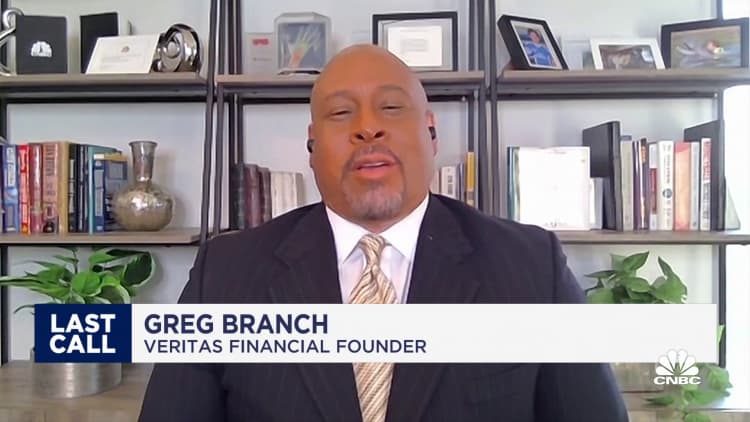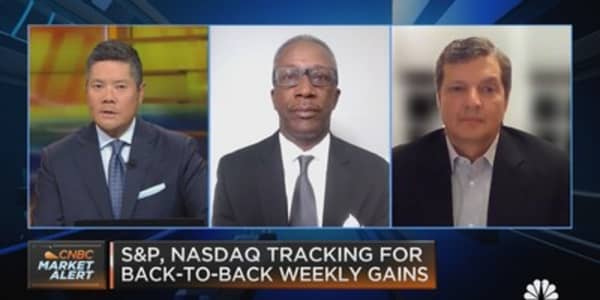Many investors are bracing for the economic fallout of the deadline for the U.S. to raise the debt ceiling or default on its obligations.
Treasury Secretary Janet Yellen on Sunday said that failing to raise the debt ceiling will cause a "steep economic downturn" in the U.S., reiterating the country's early June deadline.
Experts say the current crisis could differ from the 2011 debt standoff, which ultimately led to a U.S. credit downgrade and significant market turmoil.
"Congress was willing to play the game of chicken, but there were fewer members of Congress actually willing to crash the car," said Betsey Stevenson, professor of public policy and economics at the University of Michigan.
One of the big concerns is how the Treasury may prioritize principal and interest payments for assets like bills or bonds in an unprecedented default.
Under the 2011 contingency plan, there wouldn't have been a default on Treasurys, according to an August 2011 Federal Open Market Committee conference call transcript.
While some experts point to the 2011 plan for clues on how the Treasury may prioritize payments now, Stevenson said it's unclear what could happen more than a decade later under different leadership.
Stay alert and prepare to become 'a bit more defensive'
Steve Sosnick, chief strategist at Interactive Brokers, noted that while certain shorter-term Treasury bills, such as 1-month Treasurys, have modest hesitation priced into yields, longer-term Treasury yields show expectations that any debt issues will get resolved quickly.
As of May 8, the 1-month Treasury was paying 5.411%, which is above the 5%-5.25% federal funds rate, whereas the 2-month Treasury was offering 5.134%.
What's more, the Cboe Volatility Index, which measures expected market volatility over the next 30 days, doesn't show the markets are particularly worried yet. "We've seen this movie before," Sosnick said. "And it always gets right up to the cliff, but we never go over it."

"I think most market participants are going to wait until this becomes even more imminent," and as the deadline approaches, things may change, he said.
In the meantime, don't do anything rash, Sosnick suggested. But it's a good idea to put your antenna up and consider how you might hedge or become "a bit more defensive," if needed.
For example, if you're investing on margin, which involves borrowing money to buy more assets, you may want to dial that back, Sosnick said. "Stick with companies that are a bit more solid with definable earnings streams and cash flows."
The next few weeks will be huge for news and signaling for equity markets.Matthew McKayPortfolio manager and partner at Briaud Financial Advisors
Matthew McKay, a certified financial planner, portfolio manager and partner at Briaud Financial Advisors in College Station, Texas, said during the last debt ceiling crossroads, the stock market "basically ignored" the deadline until about two weeks before.
"The next few weeks will be huge for news and signaling for equity markets," he said. "If we don't get an agreement, the probability of decline of substance rises tremendously."





